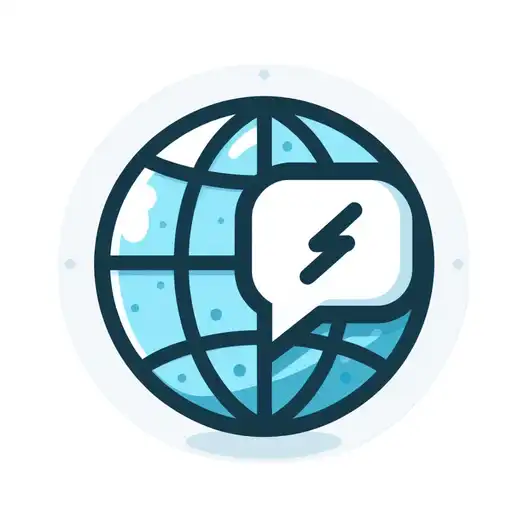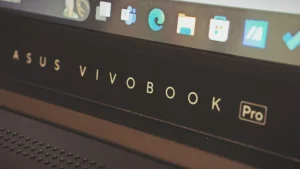Key Takeaways:
- Gmail launched on April 1, 2004, leading many to believe it was an elaborate April Fools’ prank due to the timing and its massive free storage offering.
- Despite initial skepticism, Gmail proved to be a legitimate service and quickly gained popularity.
- Today, Gmail stands as one of the most widely used email platforms globally, boasting features like powerful search functionality, robust spam filtering, and seamless integration with other Google services.
A Launch Shrouded in Mystery: Gmail Arrives on April Fools’ Day
In a surprising turn of events that coincided perfectly (or perhaps suspiciously) with April Fools’ Day, Google unveiled its new email service, Gmail, in 2004. The announcement left many scratching their heads. Was it a genuine product or an elaborate prank?
The skepticism stemmed from two key factors:
- The Launch Date: April 1st is synonymous with pranks and jokes. Google’s decision to launch a new service on this specific day naturally sparked doubt and disbelief.
- The Unheard-of Free Storage: At the time, most email services offered a mere fraction of the storage space users enjoy today. A free 1GB of storage from Google seemed like a pipe dream, too good to be true.
These elements fuelled speculation, with many convinced Gmail was nothing more than a whimsical April Fools’ prank.
Beyond the Prank: Unveiling the Features of Gmail
Despite the initial skepticism, Gmail was indeed a legitimate product, packed with features that revolutionized the email experience. Here’s a glimpse into what made Gmail stand out:
- Unprecedented Storage Space: As mentioned earlier, Gmail offered a whopping 1GB of free storage, a staggering amount compared to the industry standard at the time. This allowed users to store significantly more emails and attachments without worrying about exceeding limits.
- Search Functionality: Gmail introduced a powerful search bar that functioned more like a search engine than a simple email filter. Users could easily find specific emails using keywords, senders, recipients, or even phrases within the email body.
- Conversation View: Gone were the days of endless email threads. Gmail’s conversation view grouped related emails together, making it easier to follow email chains and conversations.
- Clean and Intuitive Interface: Unlike its competitors, Gmail boasted a clean and user-friendly interface. The minimalist design offered a clutter-free experience, allowing users to focus on their emails without unnecessary distractions.
The Rise of a Giant: How Gmail Conquered the Email Landscape
While initial skepticism surrounded Gmail’s launch, the service quickly won over users with its innovative features and functionality. Here’s a breakdown of how Gmail rose to become the global email leader:
- Word-of-Mouth Marketing: Impressed users became Gmail’s biggest advocates. Positive word-of-mouth spread like wildfire, attracting new users and propelling Gmail’s growth.
- Integration with Other Google Services: As a Google product, Gmail offered seamless integration with other popular Google services like Google Drive, Calendar, and Docs. This tight integration created a powerful ecosystem that enhanced user convenience and productivity.
- Constant Innovation: Google didn’t rest on its laurels. The company continuously added new features and functionalities to Gmail, keeping it at the forefront of email technology.
Gmail by the Numbers: A Statistical Look at its Success
Gmail’s success story can be quantified by some impressive numbers:
| Statistic | Value |
|---|---|
| Active Users (as of 2023) | Over 1.5 billion |
| Daily Processed Emails | Over 300 billion |
| Storage Capacity per User | 15GB (with additional storage purchasable) |
These figures paint a clear picture of Gmail’s dominance in the email market. With its massive user base and robust functionalities, Gmail continues to be the go-to email platform for individuals and organizations worldwide.
The Future of Email: Where is Gmail Headed?
The email landscape is constantly evolving, and Gmail is no stranger to change. As technology advances, we can expect to see Gmail incorporate new features and functionalities to stay ahead of the curve. Here are some potential areas of focus for Gmail’s future:
- Enhanced Security: With the ever-increasing threat of cyberattacks, Gmail is likely to prioritize even more robust security measures to protect user data and privacy.
- Artificial Intelligence Integration: AI can revolutionize the email experience. We might see features like AI-powered spam filtering, automated email organization, and even smart email composition powered by AI.
- Focus on User Experience: As user expectations continue to rise, Gmail will likely prioritize an even more intuitive and user-friendly interface. This could involve features like:
- Customization: Users might be given more control over how their inbox looks and functions. This could include customizable layouts, themes, and notification preferences.
- Advanced Search and Filtering: Gmail’s search functionality is already impressive, but it could become even more powerful with features like natural language processing and advanced filtering options to help users find specific emails even faster.
- Smart Reply and Composition: AI-powered features like smart reply and composition can further streamline the email experience. Imagine Gmail suggesting relevant responses or even completing emails based on the context of the conversation.
The Ever-Evolving Landscape of Email
While Gmail reigns supreme for now, the email landscape is not static. New players and innovative technologies may emerge, challenging Gmail’s dominance. To stay ahead, Gmail needs to be adaptable and responsive to user needs and industry trends.
Here are some potential challenges Gmail might face in the future:
- Competition: New email service providers could emerge, offering unique features and functionalities that could entice users away from Gmail.
- Data Privacy Concerns: With increasing concerns about data privacy, Gmail will need to ensure it maintains a transparent and user-centric approach to data collection and usage.
- Integration with New Technologies: As new technologies like blockchain and decentralized applications come to the fore, Gmail may need to adapt and integrate these technologies to remain relevant.
Conclusion
Gmail’s journey from a suspected April Fools’ prank to a global email behemoth is a testament to its innovative features and commitment to user experience. As the email landscape continues to evolve, Gmail will undoubtedly face new challenges and opportunities. By focusing on enhanced security, AI integration, user experience personalization, and adaptability, Gmail can ensure its continued dominance in the years to come.








